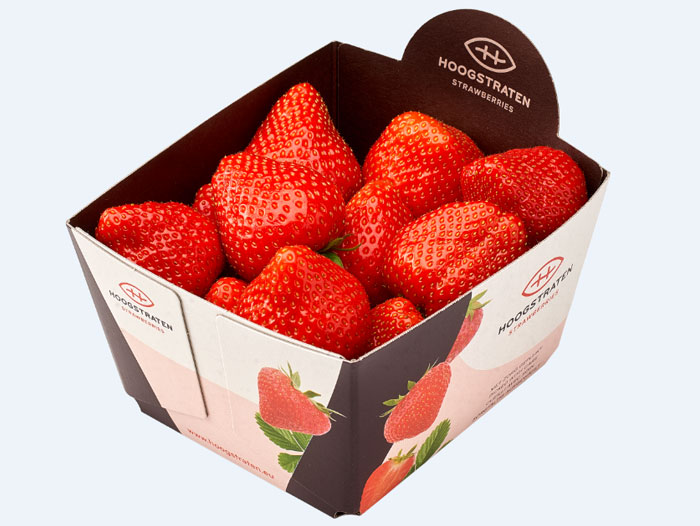
The Belgian fresh produce cooperative custom made the tool in order to better understand the impact of available packaging and help boost its sustainability credentials. The tool enables users to assess a range of factors involved in packaging, including materials, source, production method, use of inputs such as water and energy, and the impact of transport.
The LCA software features a user-friendly interface and has been built from the ground up for Hoogstraten. It is simple to operate and combines speed with robust calculations to enable the business to assess the relative sustainability credentials of different packaging options, as well as allowing it to hold transparent discussions with both suppliers and customers about which solutions work best and which need further improvement.
The tool will be managed by Hoogstraten’s operations manager Jeroen Swolfs, who will provide the cooperative’s sales department with custom-made calculations both for the company’s own packaging and for different clients.
Hoogstraten has stressed it is also willing to share the benefits of the tool with others. “If our clients are interested to learn more about the impact of different packaging materials, they are free to contact us to discuss a bespoke comparison between the different options,” said Swolfs. “We have already helped several clients in this way to make a decision between different packaging options and their related impact on the environment.”
The new development comes as part of a wide-ranging approach to reducing plastic packaging within Hoogstraten’s business. In 2021, for example, the company sold 80% of its strawberries in cardboard, with the remainder in r-PET, a transition that helped bring a 900 tonne reduction CO2 last year.
“The Hoogstraten punnet is made of 100% recycled material, and is recyclable, renewable and even if it ends up in nature, will biodegrade within months,” explained Jurgita Girzadiene , sustainability manager at packaging manufacturer Smurfit Kappa. “If a plastic punnet is not collected properly, it will stay on the planet for at least 500 years. In comparison, if a paper-based punnet ends up in nature, it will disappear without trace in less than one year. The best packaging might be no packaging, but the second best is sustainable packaging.”






